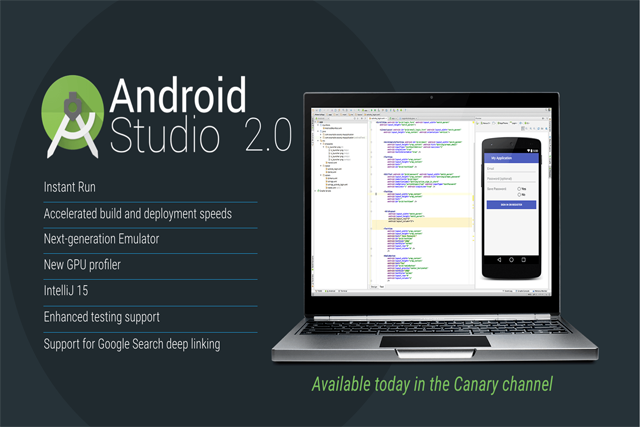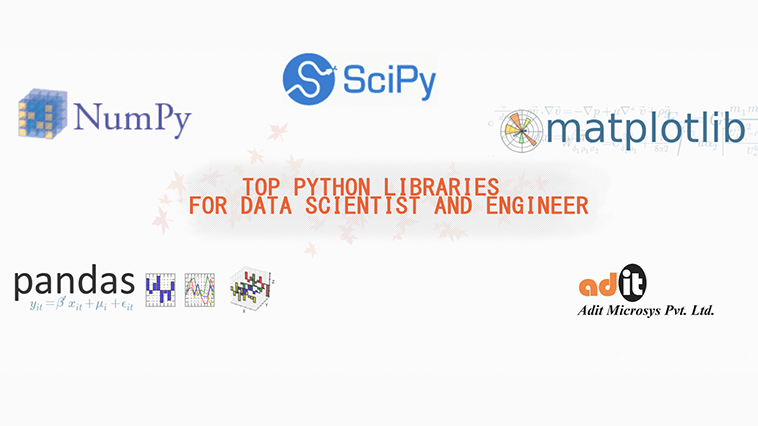The forthcoming revision of Google’s Android IDE includes several features to make app development faster.
At its Android Developer Summit on Monday, November 23, Google previewed Android Studio 2.0, the next version of its Android integrated development environment (IDE).
Google introduced Android Studio at Google I/O 2013 as an alternative to the open source Eclipse IDE. While Eclipse is still widely used and is suitable for a variety of programming languages, Android Studio offers developers a tool specifically tuned to Android development. For example, it includes a project automation tool called Gradle as an alternative to Apache Ant. Many developers have observed that this makes the application build process more efficient.
Google’s interest in developing Android Studio extends beyond delighting developers with better tools. The company also has to consider comparisons between its tools and those offered by rivals. Both Apple’s Xcode and Microsoft’s Visual Basic are used by millions of developers worldwide, and are considered fairly polished tools for creating apps. Google has to ensure that Android development tools are competitive.
Android Studio 2.0 promises faster builds and deployment, and it adds a feature called Instant Run that allows developers to see the effect of code changes on a connected device or emulator immediately. Such feedback can accelerate the development process considerably.
It also adds a GPU Profiler, a tool that can help identify performance problems related to GPU bottlenecks or inefficient code.
“One of the big problems with graphics-intensive development is you’ll see a scene and you get a problem,” explained Stephanie Cuthbertson, Google product manager for Android, at the event. “And you’re not really sure exactly what caused it. So one of the things you’ll find in the GPU Profiler is you’re able to record and replay the entire GPU stream frame by frame.”
While GPUs traditionally have helped accelerate applications that rely on sophisticated graphics, they’ve become increasingly important for data-intensive applications, such as cryptography and machine learning.
In addition, Android Studio 2.0 adds support for Google Search deep linking, the process by which developers can make internal app content visible to those using Google Search. Through a feature called Intention Actions, Android Studio 2.0 will suggest placement and configuration for deep link code. It also includes static analysis, to alert developers when deep links have been misconfigured, and real-time testing, to show how Google will index and render app pages.





